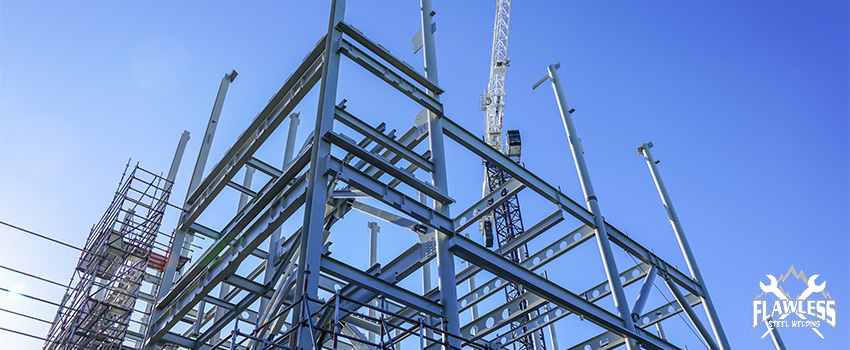The introduction of steel in the construction industry has resulted in groundbreaking structures. Due to its many advantageous features, materials such as timber, cement, clay, etc., are almost considered obsolete by big construction companies. Steel is the top choice when it comes to residential and commercial properties.
The towering skyscrapers you see are made possible by steel structures. Due to its versatility and durability, it’s not surprising that steel outweighs other construction materials. Steel is good for the environment, and it’s not difficult to handle, which helps in speeding up the construction process. It comes pre-engineered, so there’s no need to cut or shape them.
Steel offers flexibility that other construction materials don’t. When it comes to stability, there will be no need for load-bearing walls or pillars. There’s no question when it comes to its strength. Now, it will all boil down to its application. There are two options for steel framing: light gauge framing and structural steel.
What is Light Gauge Steel Framing?
Light gauge steel framing is made with cold-formed steel. LGSF can be used for roof panels, floor systems–entire buildings. Its supports can either be aluminum, zinc, or a combination of the two. LGSF is made by guiding long and thin sheets of steel through rollers and then gets shaped into “Z” OR “C.”
Unlike timber which cannot be bent in any way, LGSF can be bent for architectural purposes and formed to match up to the size of wood studs.
What Are the Advantages of LGSF?
- It can be a replacement for lumber when it comes to light commercial and residential structures.
- It is perfect for interior rooms and load-bearing walls.
- It requires fewer studs to frame a wall.
- It is precisely manufactured, so little to no cutting needs to be done.
- It is lightweight.
- It won’t burn, warp, split, rot, shrink, twist, or succumb to termite infestation.
- It produces less waste, so cleaning won’t incur extra costs.
What Are the Disadvantages of LGSF?
- It can weaken due to fire damage.
- It requires a different insulation design because of steel’s conductive properties.
- It will require soundproofing because steel transmits sounds.
- It is prone to rust.
What is Structural Steel?
Unlike LGSF that is made with cold-formed steel, structural steel is hot rolled. Together with concrete, structural steel remains one of the primary construction materials in most structures. Since it is heavier and thicker than LGSF, structural steel can be fastened using welding, riveting, and bolting.
What Are the Advantages of Structural Steel?
- It is perfect for industrial plants, bridges, and skyscrapers.
- It has stout cantilevers and longer spans.
- It will flex but not break if there are disasters like moderate earthquakes and strong winds. It can also keep up with heavy traffic.
- It works best with concrete, making modern infrastructures such as bridges possible.
What Are the Disadvantages of Structural Steel?
- It would require heavy machinery such as cranes, trains, or heavy trucks to deliver and install them.
- It can be costly if the project is only a residential property or a light industrial structure.
- It has high maintenance costs.
There’s no contest when it comes to what steel is capable of. Both LGSF and structural steel take the construction industry one step further. They’re both perfect framing options for many construction designs.
If you’re looking for professional steel fabricators in Denver, Flawless Steel Welding is here for you. We can provide you with high-quality light gauge steel framing and structural steel. We also offer other services such as general welding, crane, and CNC. Contact us today!




